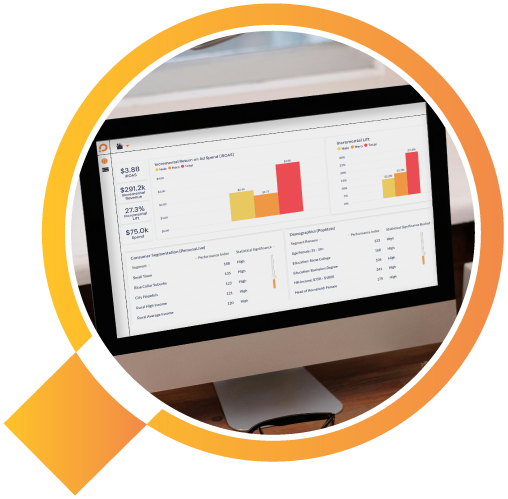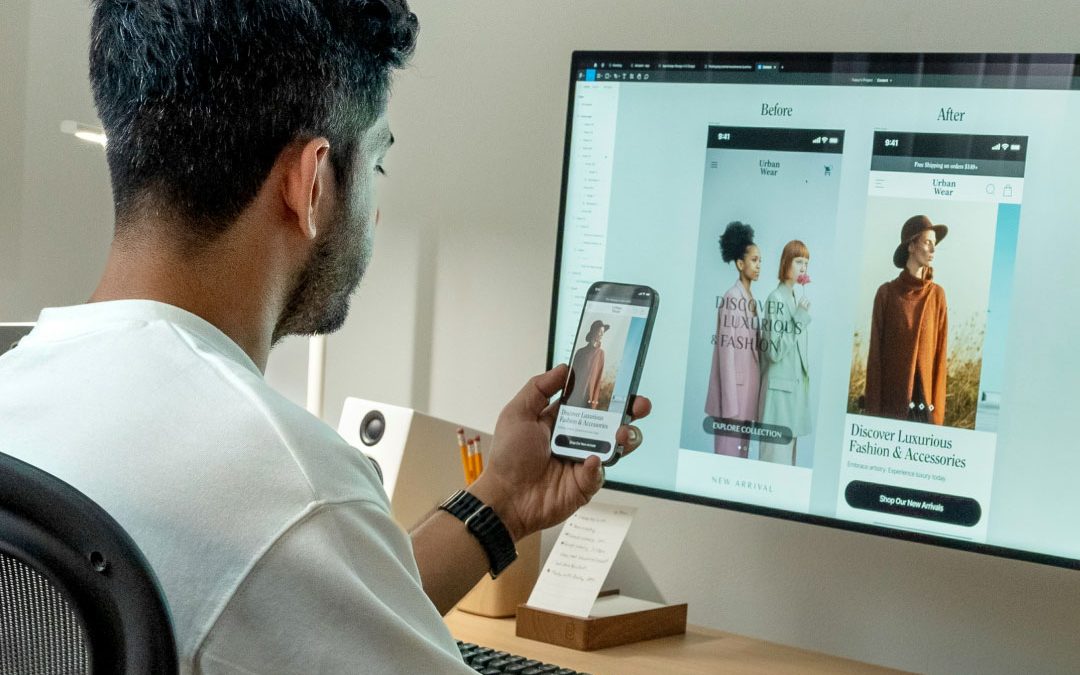
Clarity in a Noisy Marketing World

Clarity in a Noisy Marketing World
The Most Valuable Thing We Offer at Pēq
 By Brian Pozesky
By Brian PozeskyMarketing today is more complex than ever.
Campaigns are running across dozens of platforms. Data is siloed. Attribution models fight for credit. And marketers are constantly under pressure to prove ROI — faster, with fewer resources. It’s no wonder decision-making can feel more like educated guesswork than confident strategy.
At Pēq, we built our platform to solve this exact problem. And if we had to boil down our most powerful value proposition into one word, it would be this: clarity.
Clarity on what’s actually working. Clarity on where to invest. Clarity on how to grow.
Why Pēq Exists
The idea behind Pēq came from a simple but frustrating reality: marketers were drowning in dashboards but starving for answers. Reporting was slow. Results were murky. Incrementality was nearly impossible to isolate, especially across newer channels like retail media or influencer content.
So we reimagined the entire approach to marketing measurement — combining advanced AI with real-world sales and media data to give teams not just more information, but better insight.

What Makes Pēq Different
With Pēq, you don’t have to wait months for a mix model to tell you what happened last quarter. Our platform uses real-time AI to show you the true sales impact of your campaigns — across digital, in-store, organic social, and even offline channels.
It’s not just about tracking impressions or clicks. It’s about measuring incrementality — the additional value your marketing is actually creating.
And because our platform was built to integrate easily with your existing data (without relying on PII or clean rooms), you can get up and running quickly and see results fast. Whether you’re reallocating budget, testing new creative, or making the case for more investment — Pēq gives you the evidence to back it up.
Why It Matters
When marketing is moving fast and budgets are under pressure, the cost of inaction is high. Delayed insights mean delayed decisions. And in a competitive environment, speed and accuracy are everything.
With Pēq, teams don’t just move faster — they move smarter. They make decisions based on actual outcomes, not instincts. They cut what’s not working and double down on what is. And they do it all with confidence. That’s the clarity we offer.
If you’re tired of guessing, and ready to prove what’s really driving growth — we’d love to show you how Pēq can help.









 By Sumi Mukoyama
By Sumi Mukoyama





 By Rikki Marler
By Rikki Marler